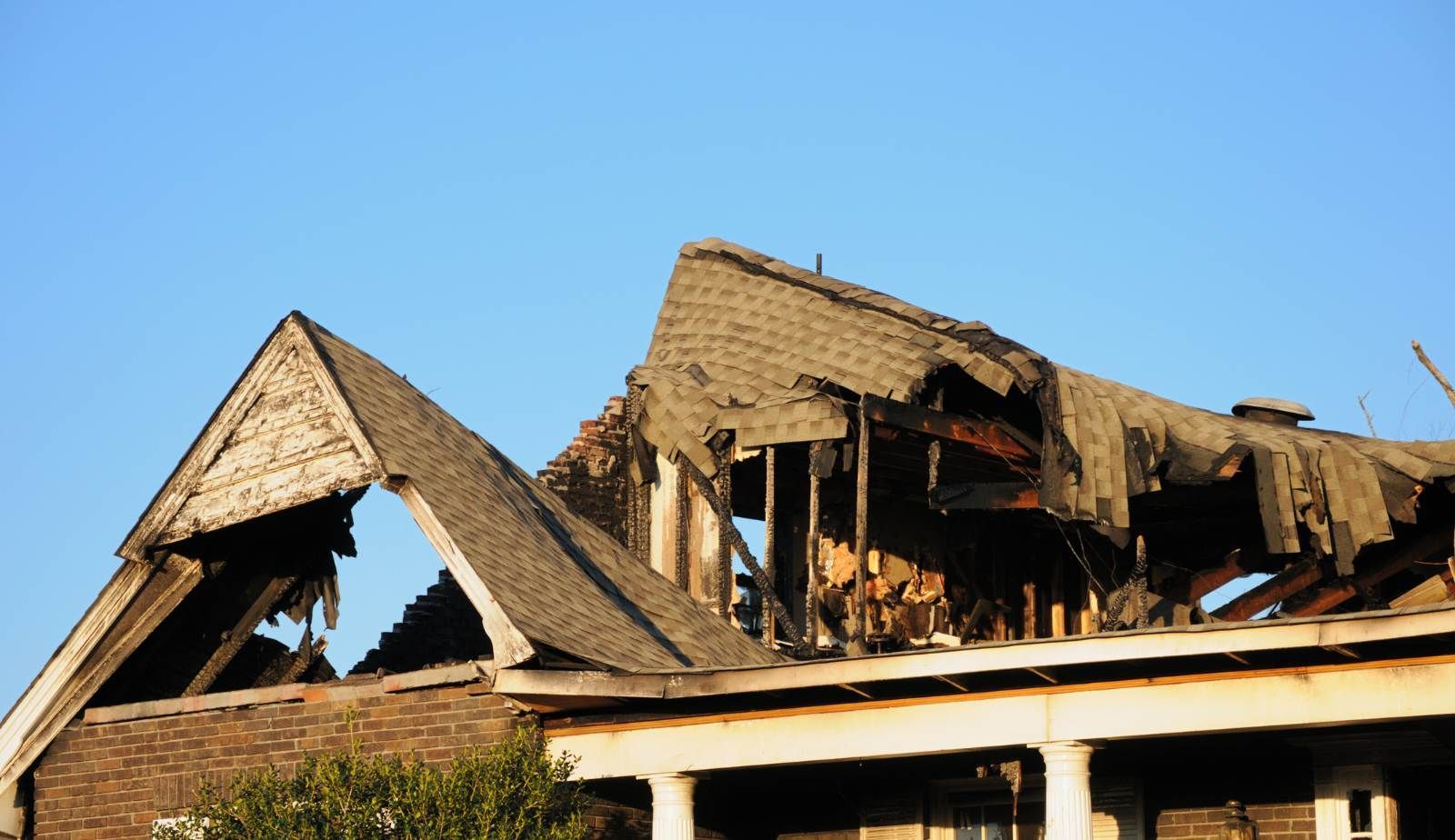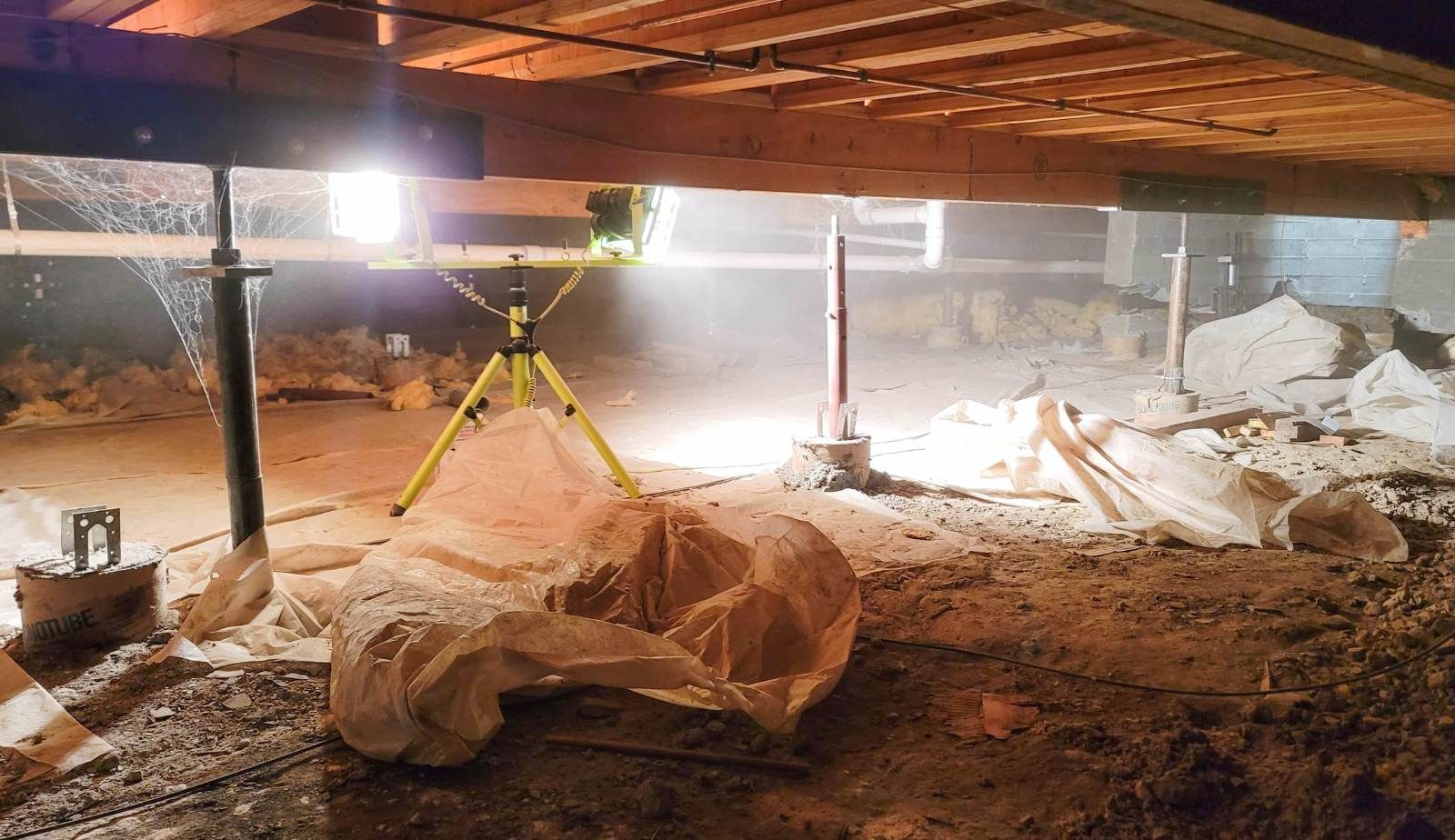Avoid Foundation Water Damage From Rain In Louisiana
Foundation Water Damage From Rain In Louisiana
We all know that the weather in Louisiana is notoriously unpredictable. Residents in Louisiana should brace themselves for a lot of rain as summer approaches. That being stated, it is critical that you check the state of your home's foundation. This is to ensure that the amount of rain expected in the coming months does not cause foundation water damage. The ideal case scenario is to prevent harm from occurring, but we will also explore what to do if harm has already occurred.
Keeping Your Foundation From Getting Wet
So, how can you keep your foundation from sustaining water damage? There are several things you can take to assist guarantee that your home's foundation receives the least amount of water damage possible. Keep in mind that water damage to your home's foundation can occur from the inside as well as the outside.
Check These Areas To Avoid Water Damage
- Check For Cracks: Over time, your foundation may develop small cracks. Slow leakage can occur as a result of these fissures, which can be just as devastating as a flood. You may check for cracks in your foundation walls and have them fixed. Regardless of how big or tiny the cracks are, they may cause a lot of foundation damage. It's better to attempt to prevent damage before it happens, but if you think your property has already been flooded, you should get it examined for mold. If you see any stains or discoloration on your foundation walls, you have already had water damage. Foundation water damage can lead to mold in as little as 24 to 48 hours. As soon as possible, you should have a professional mold inspector examine the situation.
- Allow Water To Drain Away From The House: Permitting water to pool around your home might result in serious damage. When the earth around your home gets too moist, it expands, putting pressure on your foundation walls. Drainage and correct grading around the perimeter of your house might assist to reduce the risk of foundation problems. Water will not pool immediately at the base of your home as a result of this drainage and grading.
- Gutters & Downspouts: To minimize foundation damage, make sure your gutters and downspouts are in good operating order. These two things may appear unrelated at first look, but they are inextricably linked. For water to flow easily through your gutters and out the downspouts, they must be clear of debris. Downspouts must also be correctly installed so that water drains away from the foundation of your property. This helps to prevent water from collecting around the home's foundation, which can lead to foundation damage.
Foundation Damage and Its Consequences
It is critical that you be informed of the dangers that your foundation may face. As a resident of Louisiana, you are well aware of how fickle the weather can be, particularly during the summer. Your foundation must be able to withstand anything that comes its way, including temperature changes and rains.
While you should inspect your foundation from the inside and out on a regular basis, this is especially critical during the summer. This may be your final chance to fix or prevent the damage before it becomes too chilly to do so. Minor damage is typically simple to repair and quite inexpensive. This is why it's critical to keep up with foundation maintenance to avoid larger, more expensive problems.
If left untreated, damage to your home's foundation can cause significant water damage to infiltrate your home through cracks in the foundation. Seepage from tiny cracks, as previously noted, may do just as much damage as a flood. If you are not aware that damage has happened, it can lead to a slew of issues in your house. These issues include, but are not limited to, the following:
- Property damage is severe, necessitating significant repairs.
- Your home's structural integrity will be jeopardized.
- Mold development might pose a safety risk and have health effects.
- Property value has decreased.
You might also like
DryMax Restoration Blogs




